1. Centers for Disease Control and Prevention (CDC). Unintentional poisoning deaths--United States, 1999-2004. MMWR Morb Mortal Wkly Rep. 2007; 56(5):93–96. PMID:
17287712.
2. Gummin DD, Mowry JB, Spyker DA, Brooks DE, Beuhler MC, Rivers LJ, et al. 2018 annual report of the American Association of Poison Control Centers' National Poison Data System (NPDS): 36th annual report. Clin Toxicol (Phila). 2019; 57(12):1220–1413. PMID:
31752545.

3. Gunnell D, Ho D, Murray V. Medical management of deliberate drug overdose: a neglected area for suicide prevention? Emerg Med J. 2004; 21(1):35–38. PMID:
14734371.

4. Linakis JG, Frederick KA. Poisoning deaths not reported to the regional poison control center. Ann Emerg Med. 1993; 22(12):1822–1828. PMID:
8239102.

5. Kim W, Kim KH, Shin DW, Park J, Kim H, Jeon W, et al. Characteristics of Korean poisoning patients: retrospective analysis by National Emergency Department Information System. J Korean Soc Clin Toxicol. 2019; 17(2):108–117.
6. Sung AJ, Lee KW, So BH, Lee MJ, Kim H, Park KH, et al. Multicenter survey of intoxication cases in Korean emergency departments: 2nd annual report, 2009. J Korean Soc Clin Toxicol. 2012; 10(1):22–32.
7. Kim S, Choi S, Kim HH, Yang HW, Yoon S. Comparison of mortality rate according to hospital level among patients with poisoning based on Korean Health Insurance and Assessment Service. J Korean Soc Clin Toxicol. 2019; 17(1):21–27.
8. Erickson TB, Thompson TM, Lu JJ. The approach to the patient with an unknown overdose. Emerg Med Clin North Am. 2007; 25(2):249–281. PMID:
17482020.

9. Osterloh JD. Laboratory testing in emergency toxicology. In : Ford MD, Delaney K, Ling L, Erickson TB, editors. Clinical Toxicology. Philadelphia, PA, USA: WB Saunders;2001. p. 51–60.
10. Roberts DM. Chapter 109: herbicides. In : Nelson LS, Howland MA, Lewin NA, Smith SW, Goldfrank LR, Hoffman RS, editors. Goldfrank's Toxicologic Emergencies. 11th ed. New York, NY, USA: McGraw-Hill Education;2019. p. 1466–1485.
11. Osterloh JD. Utility and reliability of emergency toxicologic testing. Emerg Med Clin North Am. 1990; 8(3):693–723. PMID:
2201529.

12. King JS, Wiltbank TB, Brody BB, Ross DL, McCarron MM, Walberg CB, et al. Are emergency toxicology measurements really used? Clin Chem. 1974; 20(2):116–120. PMID:
4812986.
13. Brett AS. Implications of discordance between clinical impression and toxicology analysis in drug overdose. Arch Intern Med. 1988; 148(2):437–441. PMID:
3341840.

14. Belson MG, Simon HK. Utility of comprehensive toxicologic screens in children. Am J Emerg Med. 1999; 17(3):221–224. PMID:
10337874.

15. Kreshak AA, Wardi G, Tomaszewski CA. The accuracy of emergency department medication history as determined by mass spectrometry analysis of urine: a pilot study. J Emerg Med. 2015; 48(3):382–386. PMID:
25533879.

16. Meyer C, Stern M, Woolley W, Jeanmonod R, Jeanmonod D. How reliable are patient-completed medication reconciliation forms compared with pharmacy lists? Am J Emerg Med. 2012; 30(7):1048–1054. PMID:
21855261.

17. Caglar S, Henneman PL, Blank FS, Smithline HA, Henneman EA. Emergency department medication lists are not accurate. J Emerg Med. 2011; 40(6):613–616. PMID:
18829201.

18. Monte AA, Heard KJ, Hoppe JA, Vasiliou V, Gonzalez FJ. The accuracy of self-reported drug ingestion histories in emergency department patients. J Clin Pharmacol. 2015; 55(1):33–38. PMID:
25052325.

19. Bailey DN, Manoguerra AS. Survey of drug-abuse patterns and toxicology analysis in an emergency-room population. J Anal Toxicol. 1980; 4(4):199–203. PMID:
7464073.

20. Taylor RL, Cohan SL, White JD. Comprehensive toxicology screening in the emergency department: an aid to clinical diagnosis. Am J Emerg Med. 1985; 3(6):507–511. PMID:
4063015.

21. Perrone J, De Roos F, Jayaraman S, Hollander JE. Drug screening versus history in detection of substance use in ED psychiatric patients. Am J Emerg Med. 2001; 19(1):49–51. PMID:
11146019.

22. Dart RC, Goldfrank LR, Erstad BL, Huang DT, Todd KH, Weitz J, et al. Expert consensus guidelines for stocking of antidotes in hospitals that provide emergency care. Ann Emerg Med. 2018; 71(3):314–325.e1. PMID:
28669553.

23. Fabbri A, Marchesini G, Morselli-Labate AM, Ruggeri S, Fallani M, Melandri R, et al. Comprehensive drug screening in decision making of patients attending the emergency department for suspected drug overdose. Emerg Med J. 2003; 20(1):25–28. PMID:
12533362.

24. Xiao HY, Wang YX, Xu TD, Zhu HD, Guo SB, Wang Z, et al. Evaluation and treatment of altered mental status patients in the emergency department: Life in the fast lane. World J Emerg Med. 2012; 3(4):270–277. PMID:
25215076.

25. Schmidt WU, Ploner CJ, Lutz M, Möckel M, Lindner T, Braun M. Causes of brain dysfunction in acute coma: a cohort study of 1027 patients in the emergency department. Scand J Trauma Resusc Emerg Med. 2019; 27(1):101. PMID:
31699128.

26. Sporer KA, Solares M, Durant EJ, Wang W, Wu AH, Rodriguez RM. Accuracy of the initial diagnosis among patients with an acutely altered mental status. Emerg Med J. 2013; 30(3):243–246. PMID:
22362650.

27. Al Alaywa K, Jouffroy R, Le Beller C, Rapalen JH, Lamhaut L, Le Louet AL, et al. Toxicological analysis unveiling the low rate of self-reporting of addictive/recreative substances in acute severe drug overdose cases. Turk J Anaesthesiol Reanim. 2020; 48(2):148–155. PMID:
32259147.
28. Tenenbein M. Do you really need that emergency drug screen? Clin Toxicol (Phila). 2009; 47(4):286–291. PMID:
19514875.

29. Decker WJ, Treuting JJ. Spot tests for rapid diagnosis of poisoning. Clin Toxicol. 1971; 4(1):89–97. PMID:
5125345.

30. Moody DE. Immunoassays in forensic toxicology. In : Meyers RA, Brettell TA, editors. Encyclopedia of Analytical Chemistry: Applications, Theory and Instrumentation. Hoboken, NJ, USA: John Wiley & Sons;2006.
31. Kellermann AL, Fihn SD, LoGerfo JP, Copass MK. Utilization and yield of drug screening in the emergency department. Am J Emerg Med. 1988; 6(1):14–20. PMID:
3334795.

32. Marraffa JM, Cohen V, Howland MA. Antidotes for toxicological emergencies: a practical review. Am J Health Syst Pharm. 2012; 69(3):199–212. PMID:
22261941.

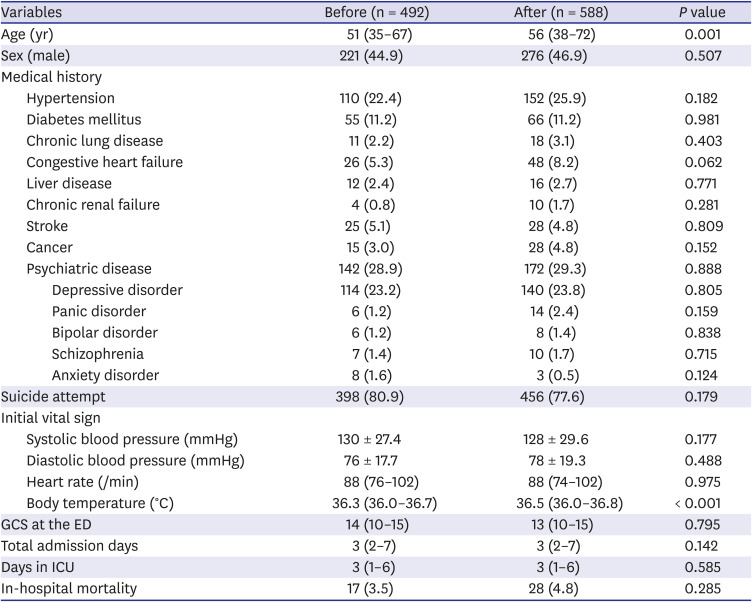
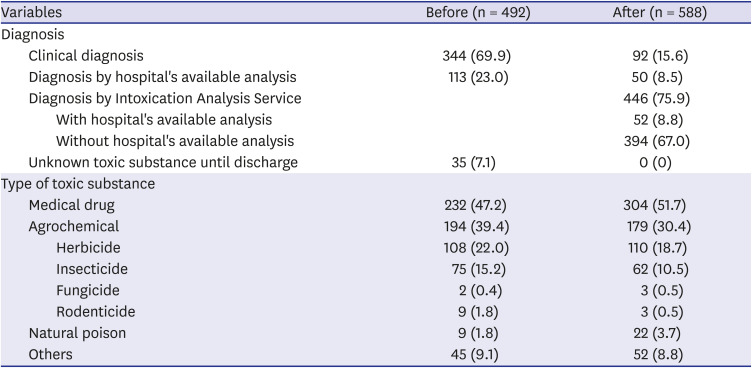
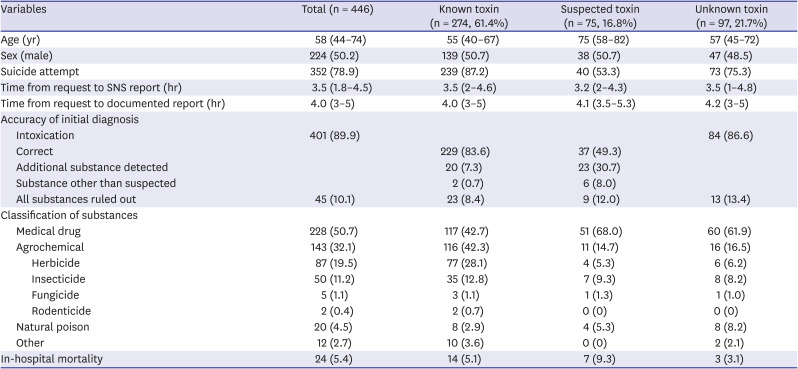
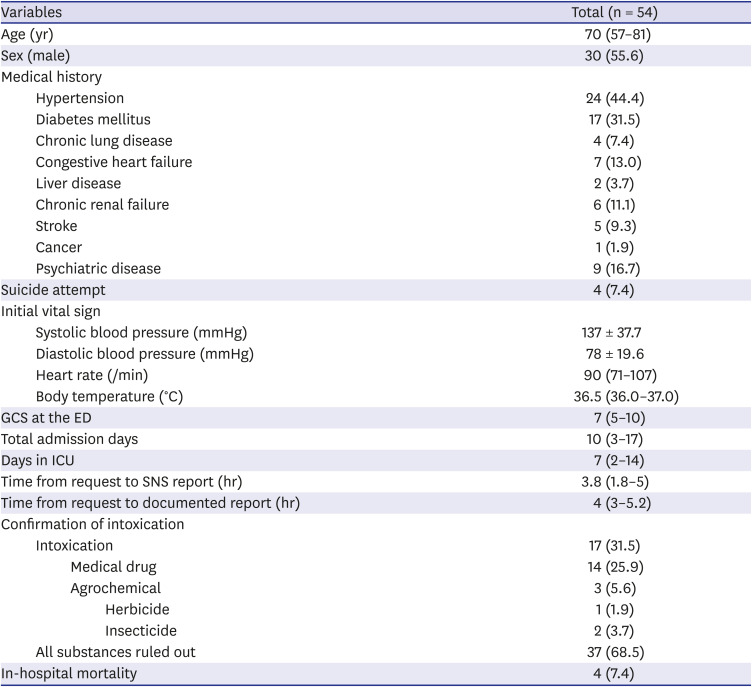




 PDF
PDF Citation
Citation Print
Print



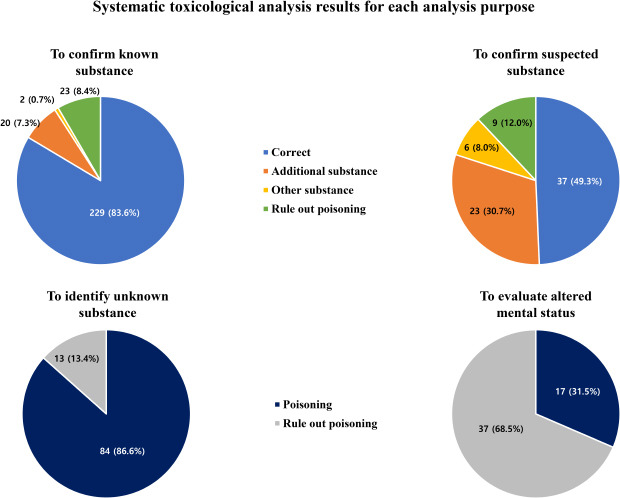
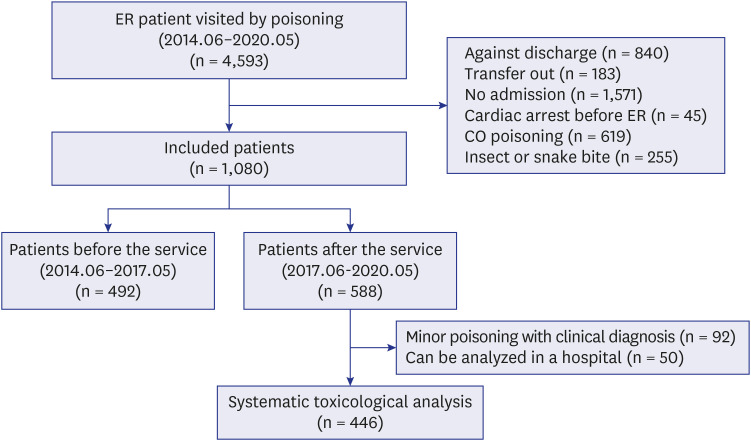
 XML Download
XML Download